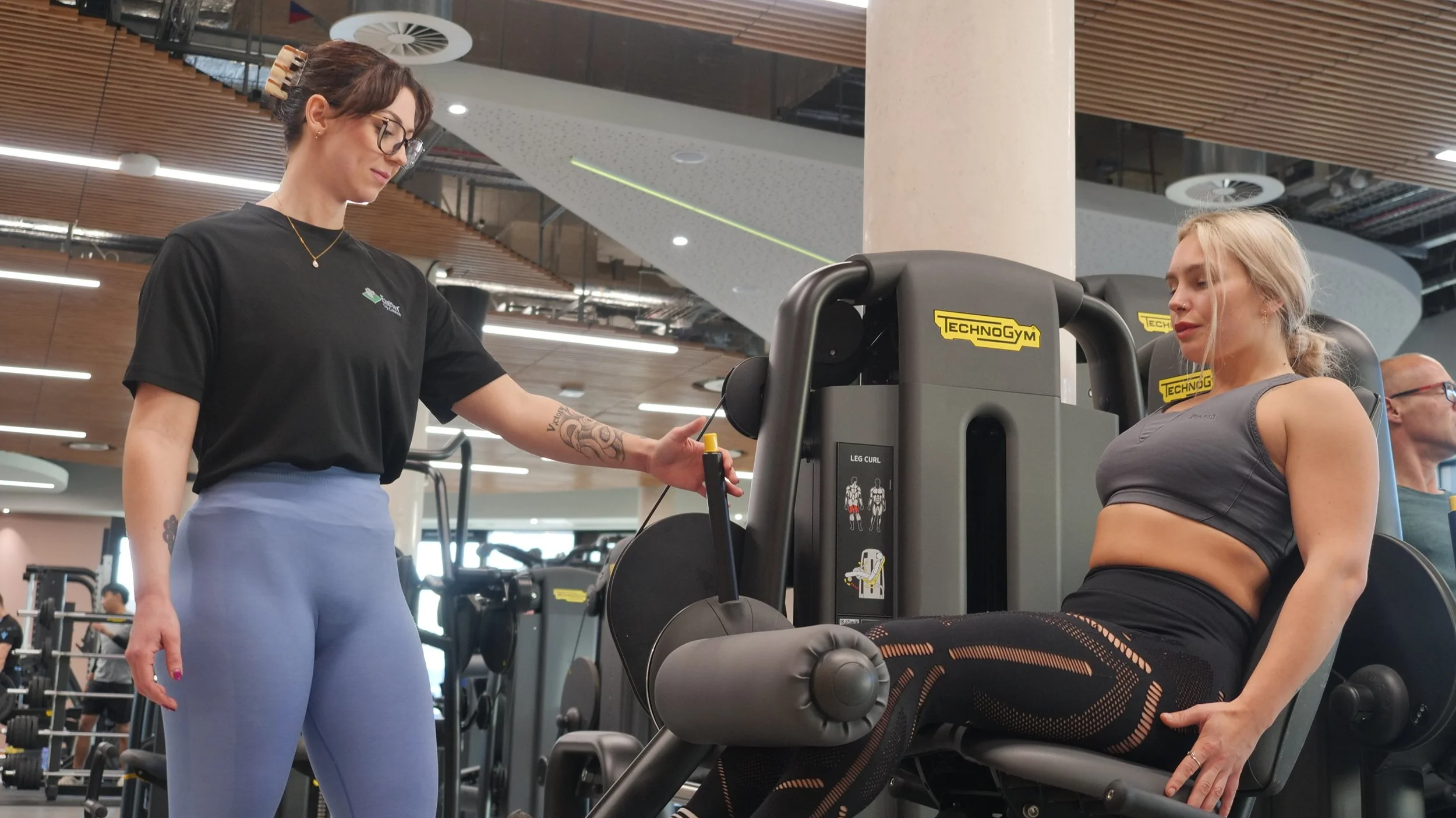
Who Can Benefit from Adaptive Fitness?
Adaptive fitness is designed for individuals with a wide range of physical disabilities and chronic conditions. It's about understanding your unique needs and crafting a program that works with your body, not against it. If you've ever felt limited by traditional fitness approaches, adaptive fitness is for you.
Here are some specific groups who can greatly benefit from a specialized adaptive fitness program:
Your Journey to Strength, Mobility, and Well-being Starts Here
As a personal trainer specializing in adaptive fitness, I believe that fitness is for everyone. Regardless of physical challenges, every individual deserves the opportunity to experience the transformative power of exercise. Adaptive fitness is not just about modifying exercises; it's about creating a personalized, empowering, and safe path to achieving your health and wellness goals.
There are so many gym tools that can help you complete exercises safely, and with a good level of challenge!
My mission is to help you unlock your full potential, enhance your quality of life, and build confidence through tailored fitness programs. Whether you're looking to improve strength, increase mobility, manage pain, or simply boost your overall well-being, adaptive fitness can provide the solutions you need.
-

Cerebal Palsy
Individuals with Cerebral Palsy (CP)
Cerebral Palsy presents a unique set of challenges related to muscle control, coordination, balance, and posture. Adaptive fitness for individuals with CP focuses on:
Improving Muscle Strength and Endurance: Targeted exercises can help strengthen weaker muscle groups and improve the efficiency of movement.
Enhancing Flexibility and Range of Motion: Gentle stretching and mobility exercises can help counteract muscle stiffness and spasticity, reducing discomfort and improving functional movement.
Boosting Balance and Coordination: Exercises designed to challenge and improve proprioception (the body's sense of its position in space) can significantly enhance stability and reduce fall risk.
Increasing Functional Independence: By strengthening core muscles and improving motor skills, daily activities become easier and more manageable.
Our programs for individuals with CP are carefully designed to consider varying levels of spasticity, ataxia, and other motor impairments, ensuring a safe and effective workout.
-

Congenital Limb Difference/ Healed Amputees
For individuals with a healed limb amputation or a congenital limb difference, adaptive fitness plays a crucial role in long-term health and functional independence. This includes focusing on:
Strengthening Residual Limb and Core: Maintaining strength in the residual limb and core is vital for stability, posture, and preventing secondary issues.
Improving Balance and Proprioception: Many exercises focus on re-establishing balance and body awareness, which are often affected by limb loss or difference.
Preventing Compensatory Injuries: By ensuring proper muscle balance and movement patterns, we help prevent overuse injuries in other parts of the body that might compensate for the limb.
Cardiovascular Health: Incorporating cardio exercises adapted for individuals with limb differences helps maintain heart health and overall stamina.
Our approach considers the specific type of limb difference or amputation, individual goals, and any associated challenges to create a holistic program.
I can work with your health care provider to tailor your plan. If you are using a prosthetic, please let me know.
-

Wheelchair Users
For individuals who primarily use a wheelchair, maintaining physical fitness is essential for independence, health, and preventing secondary complications. Adaptive fitness for wheelchair users emphasizes:
Upper Body Strength and Endurance: Crucial for propulsion, transfers, and daily activities. We focus on strengthening the shoulders, arms, chest, and back.
Core Stability: A strong core is fundamental for posture, balance, and efficient movement within and outside the wheelchair.
Flexibility and Range of Motion: Preventing contractures and maintaining joint health in both upper and lower extremities, even if they are not actively used for propulsion.
Cardiovascular Health: Adapted cardio exercises, such as hand cycling, or ski-erg are integrated to improve heart health and stamina.
Pain Management: Specific exercises and stretches can help alleviate common pain points associated with prolonged sitting or repetitive movements.
Programs are designed to maximize functional movement, enhance independence, and improve overall physical and mental well-being, taking into account the type of wheelchair and individual mobility levels.
-

Brachial Plexus Injury
For individuals with a healed brachial plexus injury (meaning the acute phase of injury and primary medical interventions are complete), adaptive fitness focuses on:
Restoring Strength and Range of Motion: Targeted exercises to strengthen affected muscles and improve the flexibility of joints, even if nerve recovery is partial.
Compensatory Strategies: Teaching efficient movement patterns and strengthening unaffected muscles to compensate for any permanent weakness or paralysis, enhancing functional independence.
Pain Management: Incorporating gentle exercises, stretching, and relaxation techniques to help alleviate neuropathic pain and discomfort.
Enhancing Functional Independence: Tailoring gym activities to help with daily tasks, whether it's dressing, eating, or engaging in hobbies, by maximizing the use of the affected limb or finding alternative methods.
Important Disclaimer:
For your safety and to ensure the most appropriate training plan, I am unable to work with individuals who have more than three active moderate-severe health conditions or have experienced one major health event (such as a heart attack or stroke) within the last five years, without a comprehensive letter of clearance from their General Practitioner (GP) and a signed waiver. This policy helps ensure that your fitness journey is safe and aligns with your current health status.


